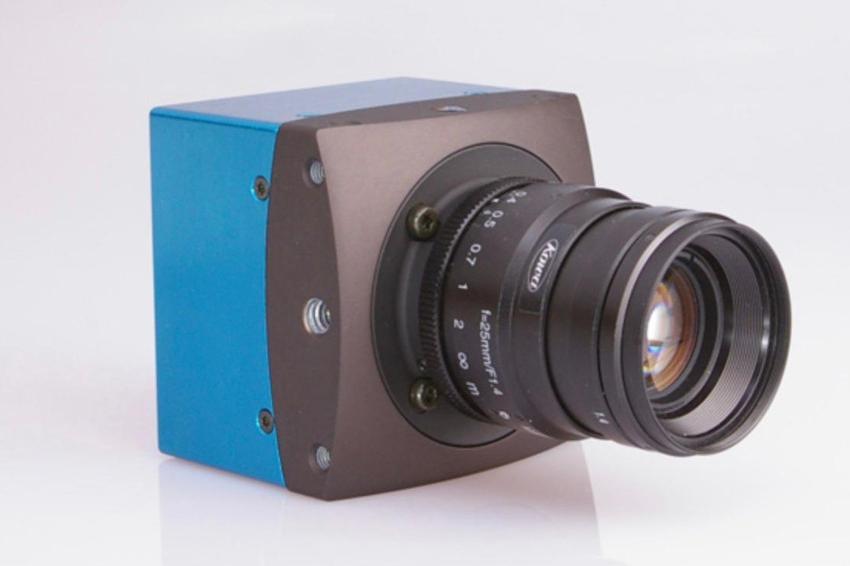Mikrotron camera tests augmented reality headset to prevent falls
22.09.2023 - A new AR-assistive wearable headset designed to teach older adults how to improve balance.
Falls are a major health concern, especially for those 65 and older. The US Centers for Disease Control and Prevention (CDC) has revealed that twenty percent of falls lead to an injury such as a broken hip. In fact, more than three million older Americans annually are treated in emergency rooms for fall injuries. Degenerative processes underlying aging are the central cause of the increase in fall risk and injuries. The National Council on Aging, the Administration for Community Living, and other groups offer support for initiatives designed to reduce the occurrence of falls. Different training approaches aim to improve balance in older people. The most current advancements in prevention training involve augmented reality (AR) and virtual reality (VR) headsets.
These devices create immersive, realistic scenarios that challenge the user without compromising safety. Wearable AR and VR headsets teach users to spot visual cues that provide a continuous space-stationary reference frame for balance control, helping them maintain an upright position and prevent falls in daily life. Scientists at the University of Konstanz, Germany, recently filed for a patent for a new AR-assistive wearable headset designed to teach older adults how to improve balance. Dubbed MoPeDT, the custom head-mounted display toolkit presents augmented visual orientation cues (AVOC) in the peripheral field of view.
The University of Konstanz scientists conducted a series of balance experiments to examine the impact of visible cues on body sway, a contributor to falls. A reduction in body sway was observed in test subjects who used the AR device, signifying an improvement in balance and a decrease in the likelihood of falling. Tests also showed that superimposed movements of the visual reference in “forward-backward” or “sideways” directions induce respective sway responses, clearly indicating a direction-specific balance integration of the displayed cues. Based on these findings, the scientists concluded that artificially generated visual orientation cues using AR can improve standing balance, reduce sway, and prevent falls.
During testing, the scientists needed to quantify the delay between the motion of the test subject due to body movement and the self-motion correcting pattern motion on the display. A Mikrotron mini2 CMOS camera with a global shutter from SVS-Vistek, Germany, captured the delay by recording test subjects at 1155 frames per second at 1280 × 1024 resolution. Mikrotron Mini GigE cameras were specially developed to record the fastest processes in confined spaces with features such as 4000 megabytes SDRAM internal memory, a compact 63 × 63 × 64.5 millimeters footprint, and the GigE Vision interface. The preprocessing of test data was realized in MATLAB. (Source: SVS-Vistek)
Link: SVS-Vistek GmbH, Gilching, Germany • Chair of Training and Movement Science, University of Konstanz, Konstanz, Germany







